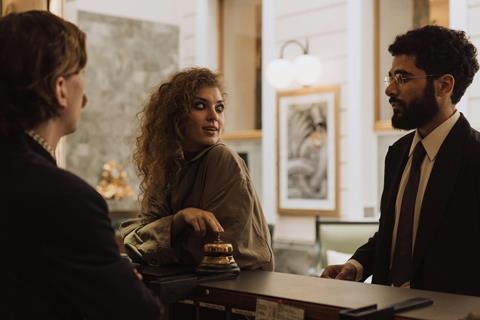
Did you enjoy your stay?” “It was great, thanks.” We’ve all checked out of a hotel and been asked at reception something about our stay. And we’ve all given the same reply. Pointless.
So, what is the objective of this question? It is supposed to be for the hotel to gain feedback about your stay. Yet the results rarely provide a rich dataset of information to analyse. I suggest that the real objective of the question is to tick a box. In reality, it is more about making the hotel feel good than what was asked.
Imagine you own a chain of hotels, and want to make that interaction useful to improve your offer. What would you get the reception staff to ask? Ask an open question, I hear you say. OK, how about…
How was your stay? An improvement, yet the answer is likely to be “good, thanks”. So let’s press on. What’s the next level of the question? How about an open question that is leading…
How could we have improved your stay? This is a leading question because it assumes that we could have improved your stay. A better question. But let’s go deeper. How about an open + leading + negative question…
What did you not like about your stay? Negative because it assumes that you did not like something about your stay. Yet the answer might be, “erm, I’m not sure”. A good improvement, but let’s take the question to its deepest level. An open + leading + negative + specific question…
What one thing did you not like about your stay? We assume that the guest did not like something, and thus, we are asking them to name just one thing that could have been better. The reply enables the hotel to create a database of tangible improvements that it could work on to enhance their customer’s experience. A pointless question has been – with a bit of work – turned into an effective one.
Boom! An open, leading, negative, and specific question. Not an easy question to structure, but once you have structured the right question, doors open.
Structuring great questions, as any coach will tell you, is an art form. It’s not easy, but it is very learnable. Please observe the next question you ask a customer or colleague and ask yourself: what type of question did I ask? And how could I have structured it better to get more information?

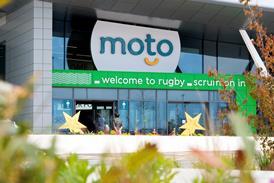





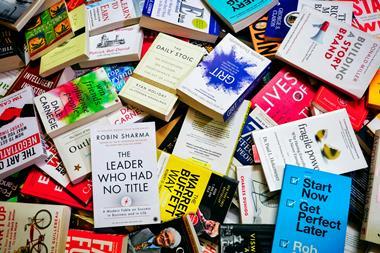
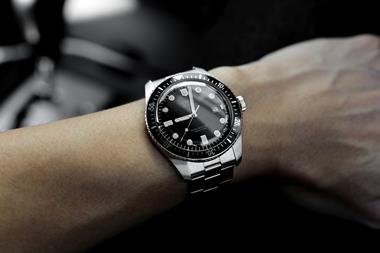




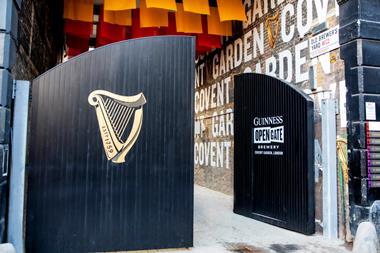


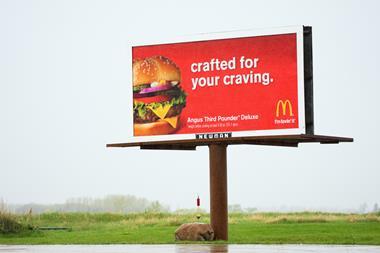


No comments yet